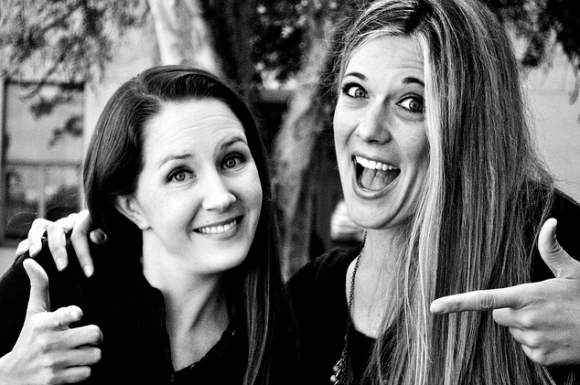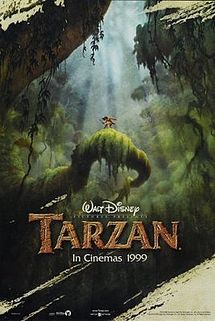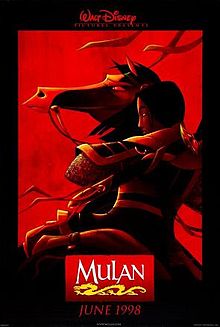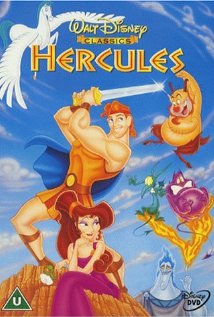
Susan and Jen
As anyone who’s read this blog probably knows, I’m always interested in learning about and examining the roles women play in the entertainment world, whether it be the way female characters are portrayed onscreen or the success of female filmmakers. It’s also no secret that I’m invested in the role screenwriters play in the entertainment industry. And while this blog is mostly focused on film, I’m also very in love with television. That love has grown since I graduated college and embarked on a very serious relationship with my TV — we’re considering marriage. I’m especially interested in television comedy, and I’m always excited to hear about new spins on the classic sitcom format.
Given these well-established interests of mine, it’s no surprise that I got excited when I learned of Jen Howell and Susan Smith‘s sitcom pilot. Their back story and the description of their show piqued my interest, which is why I’m delighted to tell you about their project on this blog and encourage you to support their campaign.
Jen Howell and Susan Smith recently graduated from Loyola Marymount University’s Masters in Screenwriting program. While there, the women realized they were the only two female members of the program out of twelve, and thus a personal and professional relationship soon formed.
In February, they plan to shoot a television pilot titled Be the Church. The pilot, written and to be directed by Howell, is described as part workplace comedy and part dysfunctional family comedy, similar to shows like The Office and It’s Always Sunny in Philadelphia. The spin? It’s set in a church and provides what the women call a “fishtank” view of faith, highlighting both its pros and cons. But just because the show focuses on religion doesn’t mean it’s tame. The show’s tagline alone — “This is some holy shit” — proves that the subject matter won’t alienate fans of secular comedy.
Howell and Smith prove that opposites really do attract and can work together in harmony. Howell is a pastor. Smith, the pilot’s creative producer, is a religious skeptic. One hails from the East coast, the other from California. Their working relationship is evidence that when creative people put their heads together, they can push towards success.
Howell and Smith have relied heavily on social media to get the word out about their project. Howell posts updates about the project on her blog and Twitter account. Last July, the pair started a Twitter project to coincide with Howell’s birthday. The campaign sought to encourage a famous actress to read the pilot. The hundreds of tweets that went out in support of the endeavor were incredible. While the actress could not participate in the project due to a contract with another series, the experience was an eye-opening one, emphasizing the far-reaching power of social media.
Howell and Smith have now extended their social media presence to include an IndieGoGo campaign. They need to raise a little over $15,000 by January 20th, and they’re looking to friends, family, and kind strangers to help them reach their goal. There are even rewards — like the opportunity to be an extra or get your name in the credits — for contributing. The duo is in the process of putting together a reliable cast and crew, and they’d value your help. Even if you can’t afford to donate money, Howell and Smith encourage and appreciate help in various forms, as outlined on their campaign page.
The impact social media has had on their project has led the pair to consider online distribution for their show. It’s certainly a growing industry. Various series, like the comeback season of the beloved sitcom Arrested Development (a show Howell is inspired by), are being distributed on online streaming sites like Netflix and Hulu.
Howell and Smith are great examples of the active roles women can play in film and television production, and hopefully their experience will encourage other young women to make their creative dreams come true.
Check out the links below to find out more and to donate. Here’s to one day seeing Be the Church on our television — or computer — screens!

 1999 marked the end of the 1990s, so it was appropriate that it also featured the final film of the Disney Renaissance,
1999 marked the end of the 1990s, so it was appropriate that it also featured the final film of the Disney Renaissance,  If you’re in your late teens to early twenties, odds are you often find yourself singing, “Let’s get down to business to defeat the Huns.” That’s the opening line in one of the most well-known songs from Disney’s 1998 animated feature
If you’re in your late teens to early twenties, odds are you often find yourself singing, “Let’s get down to business to defeat the Huns.” That’s the opening line in one of the most well-known songs from Disney’s 1998 animated feature 